[Tamba Sasayama City] Continuing to make flowerpots for plants called ``Denichibachi,'' which were also used by Dr.
![[Tamba Sasayama City] Continuing to make flowerpots for plants called ``Denichibachi,'' which were also used by Dr.](https://resources.matcha-jp.com/resize/720x2000/2023/12/16-157435.webp)
Flower pots are so common that we have never thought about them, but the ``Denichi pot'' made by ``Denichi kiln'' is said to be an indispensable flower pot for plant lovers. There are many workshops throughout Japan that make pottery, but I had never heard of one that specializes in making flower pots.
Birth of “Denichibachi”
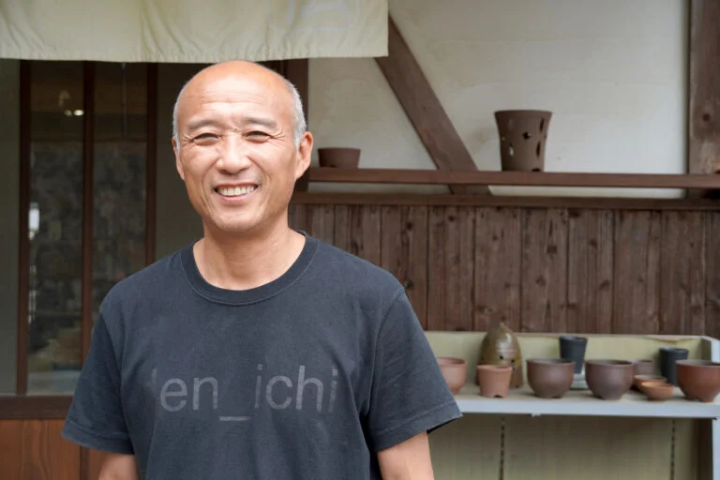
``Denichibachi'' was created during my father's generation. It seems that a group of wildflower lovers from Tokyo and Osaka came to Tachiku to request that we make flowerpots specifically for wildflowers. At that time, it was my father's Ichino Denichi that I took over,'' says Tatsuya Ichino, the head of the family.
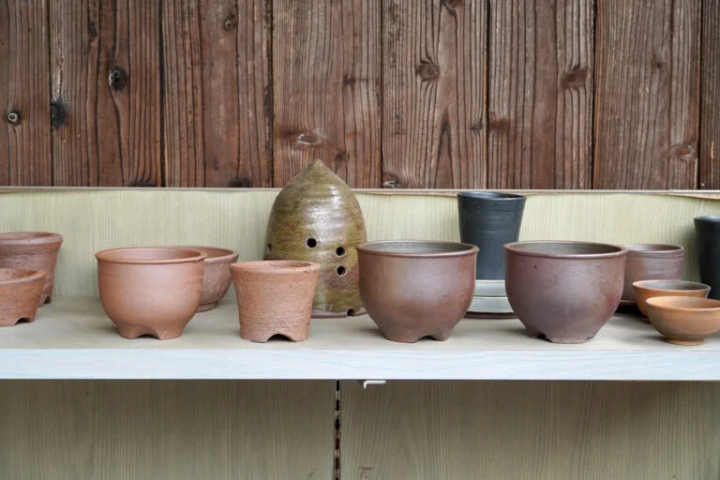
Nowadays, home improvement stores have wildflower corners, and they are quite common, but at the time, wildflowers were rare plants, hard to obtain, and expensive, and a noble hobby of wealthy people such as doctors and business people. was. Since this is a rare field, there are no flower pots suitable for cultivation, so each person tried to grow it in a suitable pot, but with no success, so they came all the way to Tanba for advice.
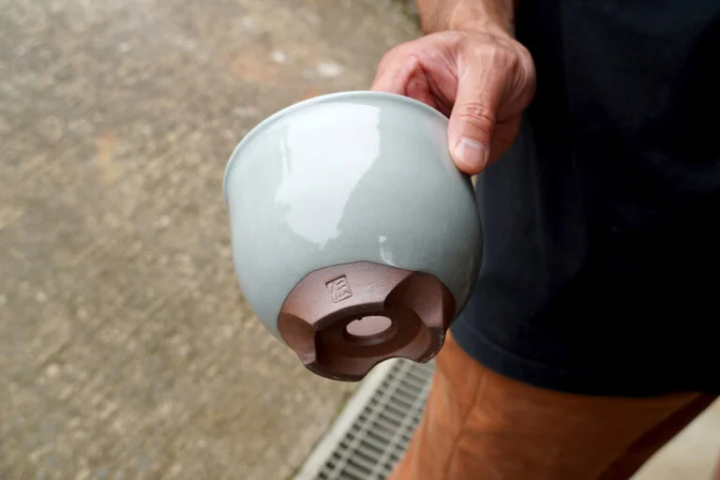
Even though they can be classified as wildflowers, there are countless types, each with a wide range of sizes and properties. Mr. Denichi conducted extensive research together with members of the association, and over the course of several years completed Japan's first wildflower pot. When he received an order saying, ``I want a pot for this flower,'' he made a prototype, and the hobbyist actually grew it in that pot, making improvements and repeating the process over and over again.
You need as many types of pots as there are types of flowers, and a difference of 1.3 cm in height or a few millimeters in diameter can make a difference in the number of flowers. This initiative was created in response to the desire of enthusiasts who want to make as many flowers as possible and harvest as many bulbs as possible.
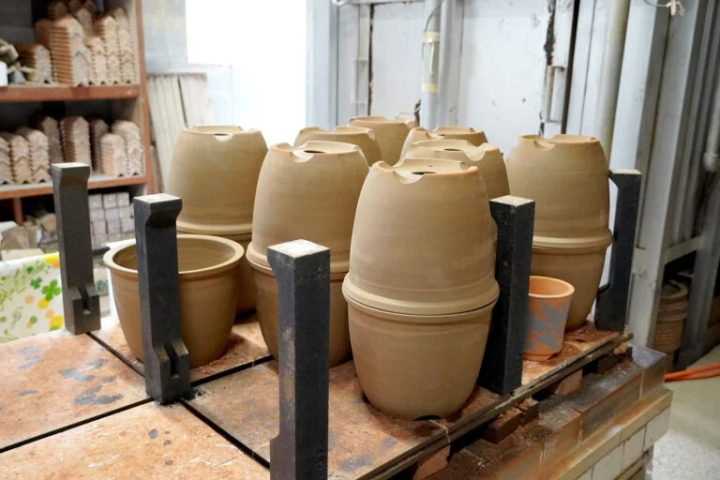
"Enthusiasts are very well-educated, so they are very serious about whether or not the pot they order will suit the particular flower." The ``Denichibachi'' that were born from this kind of exchange continued to be improved and the number of types increased.
All of the ``Denichibachi'' made were transported to Tokyo, and from there they were delivered to enthusiasts across the country. It was during this time that Mr. Makino visited the workshop and the product was featured on NHK's gardening program.
Tamba soil is essential for a good flower pot
![[Tamba Sasayama City] Continuing to make flowerpots for plants called ``Denichibachi,'' which were also used by Dr.](https://resources.matcha-jp.com/resize/720x2000/2023/12/16-157440.webp)
All ``Denichibachi'' pots are used at the ``Morning Glory Market'' held in Tokyo every July.
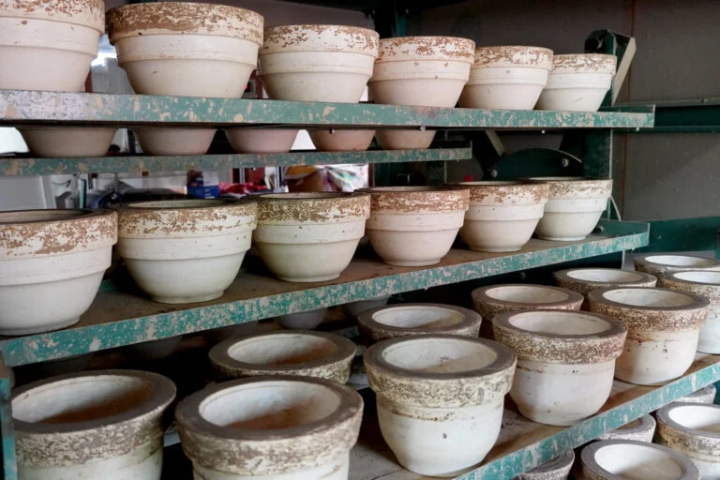
The ``Denichi pot'' is excellent because it allows plants to grow well, bloom, and leave seeds and bulbs. The first reason is to prepare the soil, which is the material for flowerpots.
The soil composition varies depending on the flowers and plants being planted, but the basic soil is Tamba soil. There are three types: one mixed with other soil, and one with rice husk added to it. The composition varies depending on the nature of the flower, and the blend is a trade secret.
I knew that there were different types and compositions of soil used to grow plants, but I was surprised to learn that the soil used for making flower pots also has different compositions.
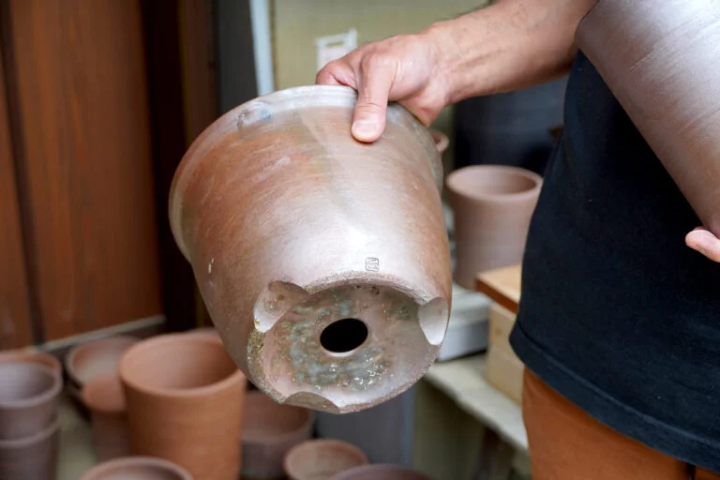
Furthermore, the diameter, height, shape, and thickness of the flowerpot, the size of the hole in the bottom, and the shape of the platform will also vary depending on the flower you are growing. Adequate drainage and aeration are important to allow roots to breathe. We receive detailed orders from enthusiasts, such as wanting it to be one centimeter higher or thicker.
We have been making flower pots for 60 years and have accumulated as much know-how as there are flowers, so it is not easy to imitate the ``denichi pot''. Since it's a hobby business, there are many long-time regular customers, but recently orders from apparel and miscellaneous goods-related businesses have been increasing.
This March, it was released as a limited edition item at the popular select shop BEAMS, and sold out, especially among young people. Due to the trend of focusing on familiar plants and the Japanese culture boom, orders are coming in not only from all over Japan but also from overseas.
Create pots where plants can grow freely and beautifully
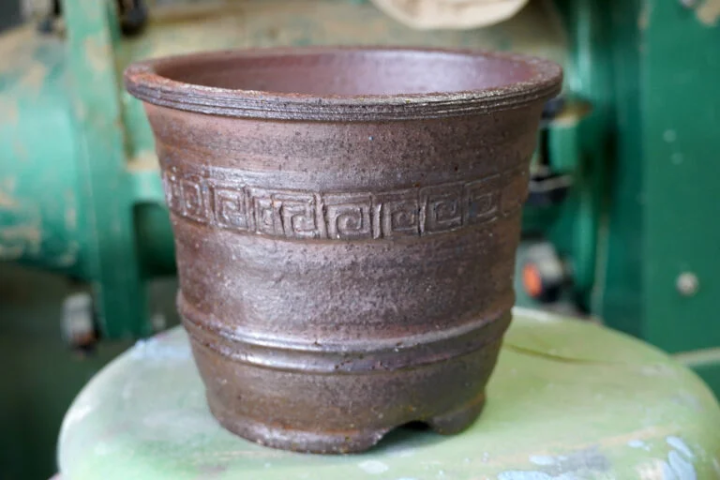
``There is a variation where you put food on tableware, wash it after eating, put it away, and serve a different tableware the next day, but flowerpots are left outside all year round, and they always remain as they are, with buds, leaves, and flowers blooming. I am conscious of what I see when I look at it.
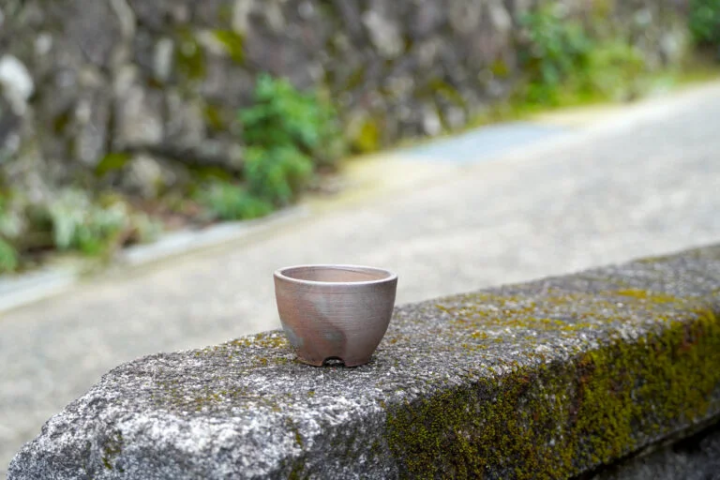
Nowadays, people often use smaller pots because they can no longer afford large pots due to the aging population. However, it is also true that the number of young people in their 30s is increasing. I've heard of people worrying about plants dying, but sometimes it's because they don't match the pot. The roots may not be large enough to grow freely, or the drainage may be poor.
The most important thing is not to overlook changes in the plants. "Cultivating plants takes a lot of love and effort," says Tatsuya.
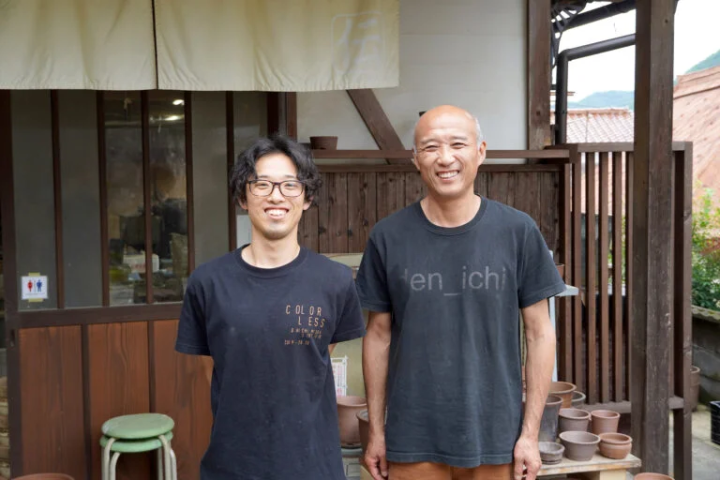
He actually wanted to go to a physical education university, but because he was the heir to the family, he decided to study pottery at university. After graduating, I returned to Tamba as my mentor advised me that the best way to learn would be to become an apprentice to my father.
However, back then, during the bubble era, orders for tableware came in one after another from restaurants, and Tatsuya was only making tableware. It wasn't until I was 30 years old that I started making flower pots with my father. His father, Mr. Denichi, retired on his 90th birthday, and it has been four years since he succeeded him in both name and reality, and now he and his son Hiromichi, who has returned to Tanba after working as a salesman, have been making ``Denichibachi.'' I am.
![[Tamba Sasayama City] Continuing to make flowerpots for plants called ``Denichibachi,'' which were also used by Dr.](https://resources.matcha-jp.com/resize/720x2000/2023/12/16-157446.webp)
In keeping with the style of Reiwa's ``Denichi Kiln'', we also want to deepen our interaction with customers and collaborate with people from different fields, so we have taken on the challenge of creating a lively atmosphere by inviting a visiting cafe during the pottery festival.
``If a flower pot stands out, it's no good.It's important how beautiful the flowers look.My father has always told me to make something that can replace the mountains.They are flowers that were brought to earth from the mountains. I was asked to make a pot that resembles the mountain environment. It's difficult, but it's fun."
I didn't realize that ``denichi pot'' was used in places I knew about, such as the Saga chrysanthemum pot at Daikakuji Temple in Kyoto and the wild flower pot at Rokko Alpine Botanical Garden. Cheap plastic pots are nice and convenient, but plants are living things.
It is also important to choose a flowerpot that can support the plant to firmly establish roots and bloom.
(Writer Matsuda/West Plan)
*This article is information as of June 2023. Prices include tax. Product contents and prices may change.
basic information
Denichi kiln
Address: 488 Kamitatekui, Imada-cho, Tamba-Sasayama City, Hyogo Prefecture
Phone number: 079-597-2413
Business hours: 9:00-16:00
Regular holidays: Irregular holidays
Access: From JR Aino Station, take the Wing Shinki train bound for "Shimizu" or "Hyogo Ceramic Art Museum" for about 15 minutes, then get off at the Tonosato-mae bus stop and walk for 5 minutes.
Parking: Available (3 spaces)
SNS: Instagram
What are good things and good experiences? There are many characteristics such as having a story to tell, overflowing with the thoughts of the creator, having a history, and being loved by the locals. Have you ever come across a special thing or experience that made you want to tell someone about it? And as a result of telling, someone new leads to something. We think that's what "good" is all about. In order to deliver such encounters to our customers, we discover Hyogo's good things based on the concept of "talk, communicate, and connect", and provide information that will shorten the emotional distance between customers and the region of Hyogo Prefecture.
The contents on this page may partially contain automatic translation.
































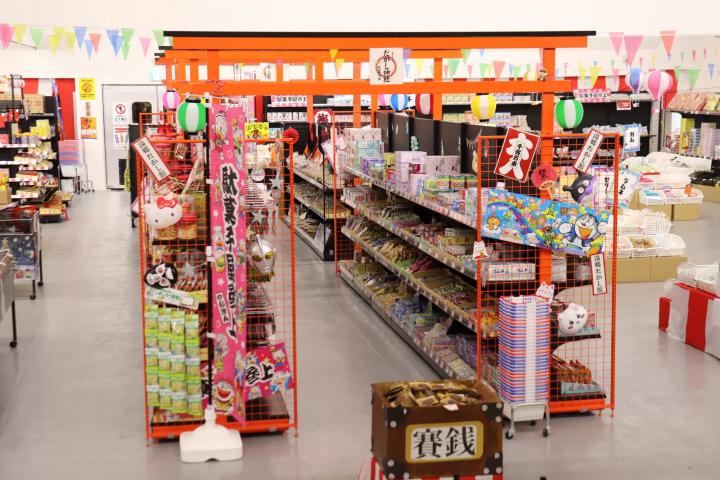
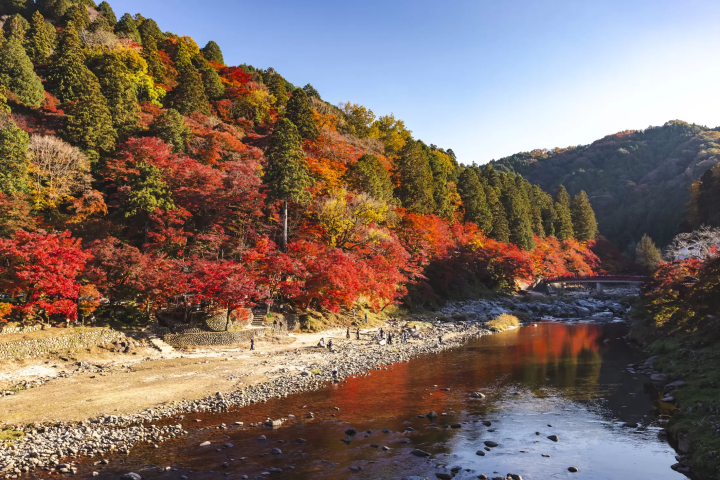
![Okinawa[Limited Time Offer] Enjoy a special and heart-warming moment with Ginoza Strawberry Afternoon Tea](https://resources.matcha-jp.com/resize/720x2000/2026/01/14-255519.webp)
![[Tokoname Ware Journey] Teapots and Ceramics in Japan's Six Ancient Kilns](https://resources.matcha-jp.com/resize/720x2000/2026/01/08-255148.webp)